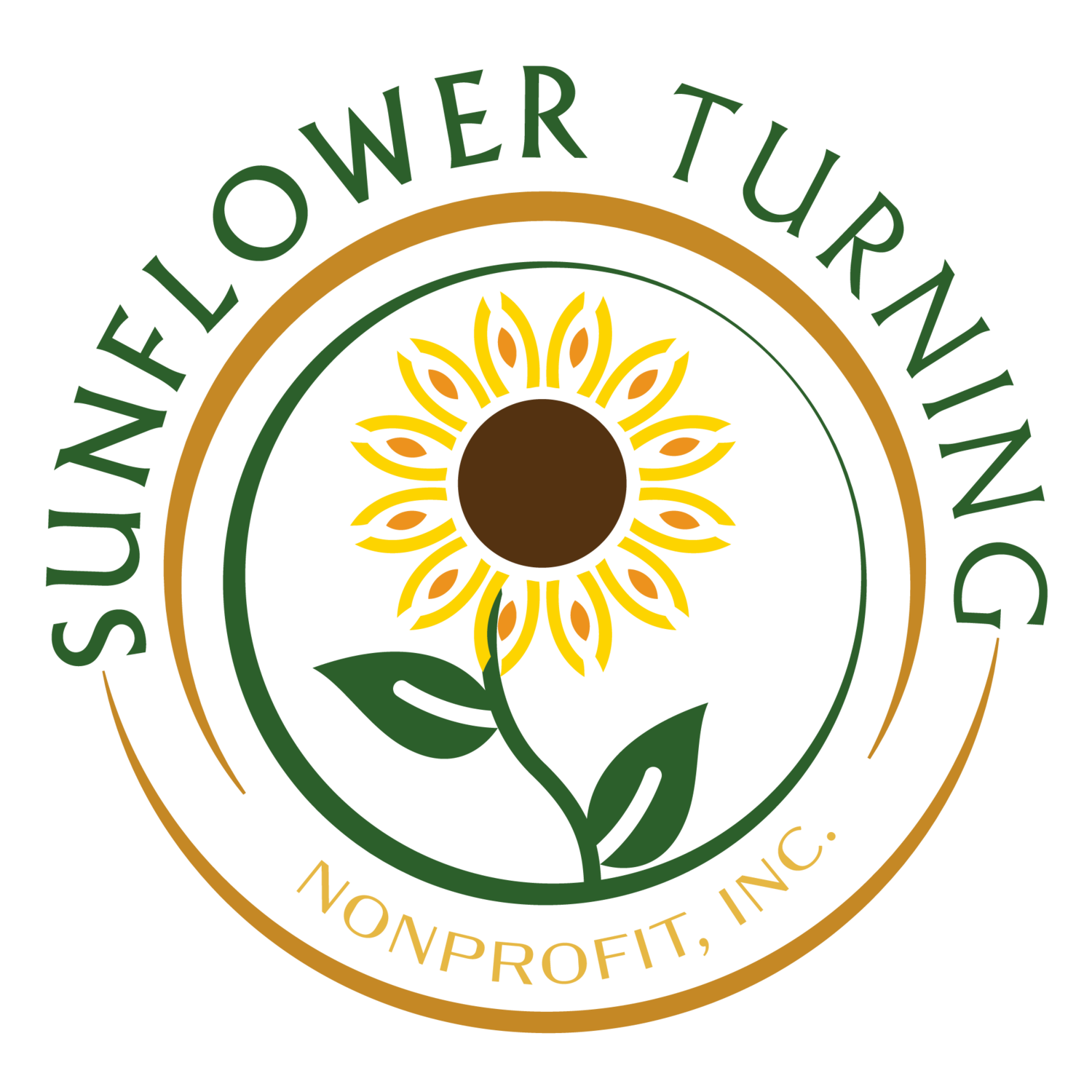Gardening Terms and Definitions
ANNUAL
A plant with a life cycle of one year or less.
COVER CROP
Plants used to protect soil against wind and water erosion. Cover crops add organic matter and nitrogen, catch and recycle nutrients, can provide weed control, and improve soil structure. Examples of cover crops are - oats, rye, and buckwheat.
BIENNIAL
A plant that lives for up to two years (usually outdoors), flowers and produces seed (“goes to seed”) the second year. Once it produces seed, the plant is not good to eat.
DAMPING OFF
This is the most common disease in seedlings. Over watering seedlings promotes the growth of mildew that causes seedling’s stems to shrivel. Damping Off is made worse by big and sudden swings in temperature. The best prevention is to water your plants in mid-morning and to allow the soil surface to dry between waterings.
COMPOST
A mixture of organic materials, such as vegetable scraps, garden trimmings, eggshells, coffee grounds, cardboard, and more. Under controlled conditions, these can undergo biological decomposition to produce a material (compost) that can improve soil fertility and enhance plant growth.
DETERMINATE and INDETERMINATE
Determinates flower once or twice per growing season, usually early in the season, and yield mature harvests all at one time. Indeterminate plants flower and fruit throughout the growing season.
F1 HYBRID
Refers to the 1st generation of offspring plants produced by a cross of two genetically different parent varieties. F1 hybrids can have advantages, such as robust growth, homogeneity, and are often bred to be resistant to diseases. Seeds saved from F1 hybrids can be unpredictable and are likely to not grow into the original F1 plant.
HARDY
A term used to describe a plant's ability to endure cold, but it does not necessarily indicate a plant's tolerance to heat..
GERMINATION
The growth of a plant contained in a seed. This results in a seedling.
HARDY ANNUAL
An annual plant that can withstand severe frosts, and in mild climates can be sown in the fall to harvest (or bloom) in the spring.
HARDENING-OFF
A process of helping plants or seedlings that have been raised indoors to adapt to outdoor conditions and direct sun. Gradually introducing these plants to outside conditions for a couple of weeks before planting them directly in the ground is a way of hardening-off.
HARDY BIENNIAL / PERENNIAL
A freeze tolerant biennial or perennial plant that needs little additional protection from the winter.
HEIRLOOM
Varieties of primarily European descent that have been passed down for at least three generations (60 years). Often, heirloom seeds are the repository of unusual genes that can help to preserve genetic diversity. See “Open-Pollinated” definition.
RESEEDING ANNUAL
An annual crop that produces and drops seeds that germinate and grow readily on their own.
LODGING
Lodging, or falling over, can be caused by strong winds and/or poor root growth. To prevent lodging, you can "hill up" or build dirt around the stem of the plant to help support it and to stimulate additional root growth. Lodging can also be an indication of a potassium deficiency in the soil.
SEEDLING
A young plant that was raised from a seed, not a cutting.
OPEN-POLLINATED
A plant produced from a distinct population of parent plants with very similar genetic characteristics that are allowed to naturally pollinate among themselves. Open-pollinated plants, grown in isolation to prevent cross-pollination with another variety of the same species, will produce offspring that are very similar to the original parent population. This allows seeds to be saved and will grow the same plant generation after generation
SIDE DRESSING
The process of applying supplemental nutrients to soil by spreading fertilizer or compost on the soil above the plant's root area. This is commonly referred to as “fertilizing”.
STRATIFICATION
The practice of exposing moistened seeds to cool temperatures, generally below 40˙F (like in the refrigerator) for 2 weeks to 2 months so they will break dormancy and germinate.
TRADITIONAL or NATIVE
Open-pollinated varieties that have evolved through centuries of growing by native/indigenous peoples of the world. They are often drought and pest resistant, hardy, nutritious and cultivated around the world.
TENDER ANNUAL
An annual that is frost and cold sensitive, which should only be planted in warm soils.
UNTREATED
Seeds that have not been introduced to fungicides, herbicides, fertilizers or growth hormones.
TENDER BIENNIAL / PERENNIAL
A biennial or perennial that will not withstand freezing temperatures and typically grows in tropical climates or indoors.
VARIETY
A plant strain that can be distinguished from all other similar strains within the same species. Distinctions can be physiological, genetic, chemical, and more.

